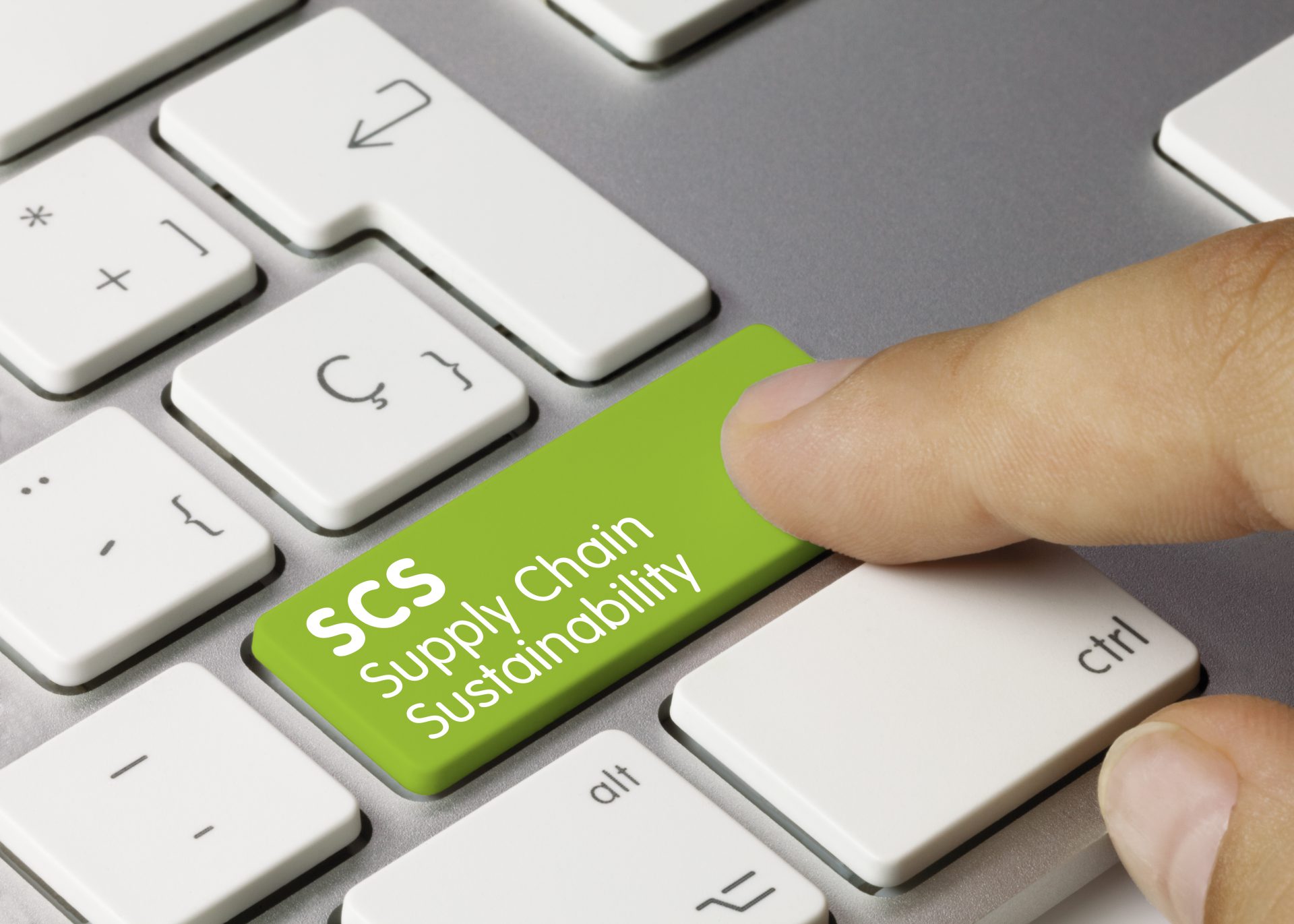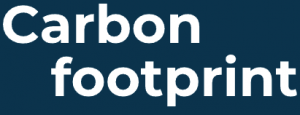Acknowledgement

Measuring is knowing and learning from each other
The core of the programs can be described as “Measuring is knowing, and then you can make targeted improvements.” Measuring starts with recording primary data and properly calculating (allocated) emissions. Many programs support participants in learning how to measure. The next step is to learn from each other, for example by exchanging key figures based on actual practice. This makes it possible to compare (how am I doing compared to others) and learn from that.
Exchanging key figures measured in the same way also makes it possible to estimate emissions for situations in which it is (still) difficult or expensive to collect primary data. An example in the case of a carrier that occasionally uses a charter.

Guidelines
In general, programs follow guidelines such as EN 16258 to provide participants with guides to methods. Because these guidelines and frameworks leave a lot of space that can make comparing and exchanging emissions difficult, additional guidelines are often added, such as:
- Standards for emission factors to be used
- Standards for the units and distances used when assigning emissions to activities
- Requirements for the use of primary data and/or use of estimates
Objectif CO2, FRET21 and EVcom (France)
Objectif CO2 is a program aimed at road transport operators, developed by the French Ministry of Ecology, Sustainable Development and Energy (MEDDE) and ADEME (public agency for the Environment and Energy Management). The program started in 2008 and now has more than 1,200 participants, partly because CO2 measurement according to the Objectif CO2 method has been made mandatory for all transporters operating to and from France in Article L. 1431-3 of the French Transport Law. In addition to Objectif CO2, the same ministries have established the FRET21 program on shippers and EVcom for forwarders.
For the measurement of emissions the program allows participants to choose their own interpretation within the transport law for use of method and data. Emission factors from the European Handbook of Emission Factors for Road Transport (HBEFA) are prescribed. Participants must perform at least one measurement on each of four topics: vehicles, fuels, drivers and logistics. To support participants, the program shares 34 “factsheets” with examples in the methodological guide and action forms to help create plans.
The program awards a label if participants commit to a carbon reduction action plan and achieve it in 3 years.
Sources:
- Objectif CO2 brochure
- Objectif CO2 methodological guide
- TNO report | TNO 2019 R11486 | 31 October 2019.

Green Freight Asia
Green Freight Asia is a foundation focused on Asia and Oceania funded by participants. The program does not have a clear shared methodology, but indicates dates that are country and industry specific. For reporting, the program refers to GRI, SASB, CDP and GHG Protocol standards.
The program grants participants recognition through a label that has four levels. These levels are assigned according to the amount of information on CO2 emissions and the operation itself that the organization makes available. For hauliers, the number of fuel/CO2 reducing technologies applied and the number of drivers who have received training are also included. For shippers, the percentage of certified transporters working with is important.
Sources:
- Website: https://www.greenfreightasia.org

Programa de Logística Verde Brasil
Programa de Logística Verde Brasil (PLVB) is a Brazilian program for CO2 reduction. The program focuses mainly on road transport and is run by a consortium of private companies.
The program is particularly focused on sharing best practices in terms of vehicles and fleet operation, and shares extensive guidelines for establishing them. Participants are encouraged to measure and report their emissions, but standards for this procedure are still under development at the program.
Recognition is given to participants through publicity and promotion; a label is under development.
